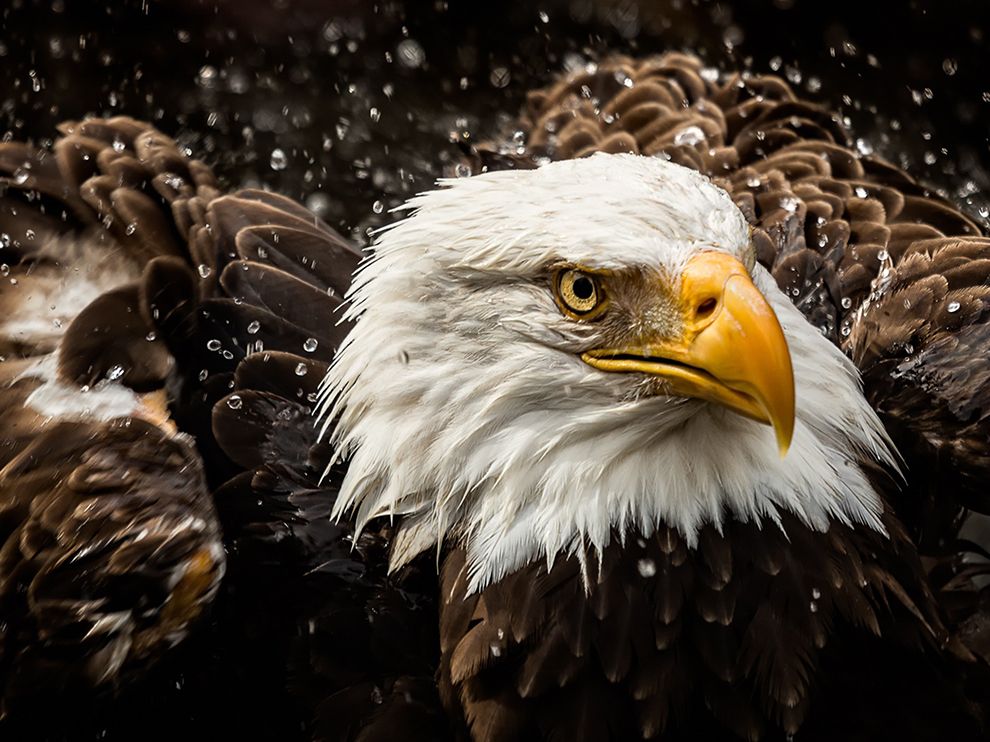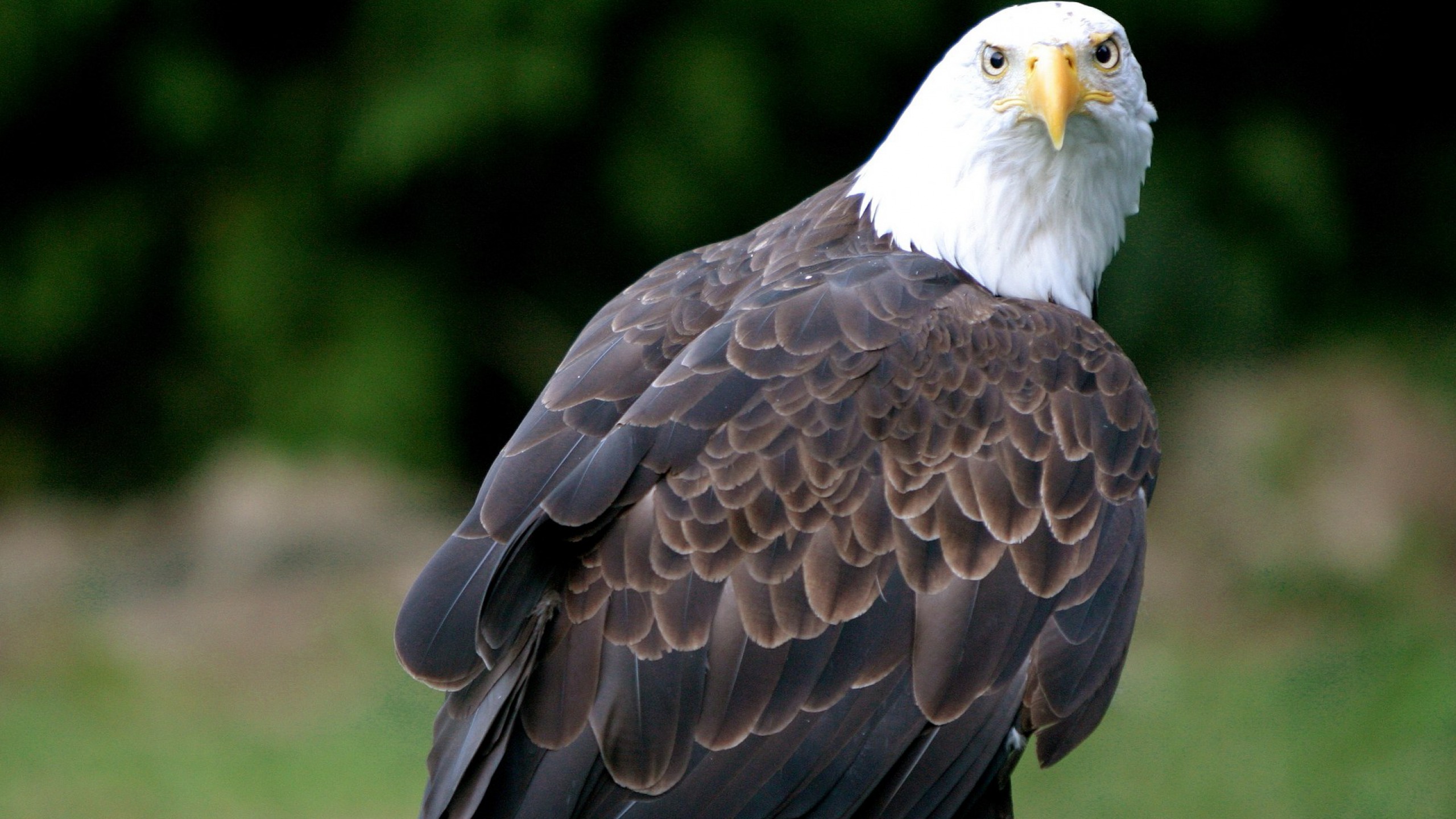Tag: Wallpaper Of The Day
Wallpaper Of The Day: Field Radio Operator

Yeah Bro, Park Your LCAC Anywhere – Lance Corporal Seth Taylor, a field radio operator with Combat Logistics Battalion 24, 24th MEU, communicates over radio with Marines on the USS New York as a Landing Craft Air Cushion transports Marines and equipment assigned to CLB 24 ashore, Djibouti, March 27, 2015. A contingent of MEU Marines went ashore in Djibouti to conduct scheduled sustainment training. The 24th MEU is embarked on the ships of the Iwo Jima Amphibious Ready Group and deployed to maintain regional security in the U.S. 5th Fleet Area of operations.
Wallpaper Of The Day: Wapiti Bull
The elk or wapiti (Cervus canadensis) is one of the largest species of the Cervidae or deer family in the world, and one of the largest land mammals in North America and eastern Asia. It was long believed to be a subspecies of the European red deer (Cervus elaphus), but evidence from a number of mitochondrial DNA genetic studies beginning in 1998 indicate that the two are distinct species. Key morphological differences that distinguish C. canadensis from C. elaphus are the former’s wider rump patch and paler-hued antlers.
This animal should not be confused with the larger moose (Alces alces), to which the name “elk” applies in the British Isles and Eurasia. Apart from the moose, the only other member of the deer family to rival the elk in size is the south Asian sambar (Rusa unicolor). Male elk have large antlers which are shed each year. Males also engage in ritualized mating behaviors during the rut, including posturing, antler wrestling (sparring), and bugling, a loud series of vocalizations which establishes dominance over other males and attracts females.
Elk range in forest and forest-edge habitat, feeding on grasses, plants, leaves and bark. Although native to North America and eastern Asia, they have adapted well to countries where they have been introduced, including Argentina, Australia and New Zealand. Their great adaptability may threaten endemic species and ecosystems into which they have been introduced. Elk are susceptible to a number of infectious diseases, some of which can be transmitted to livestock. Efforts to eliminate infectious diseases from elk populations, largely through vaccination, have had mixed success.
Some cultures revere the elk as a spiritual force. In parts of Asia, antlers and their velvet are used in traditional medicines. Elk are hunted as a game species; the meat is leaner and higher in protein than beef or chicken.
Wallpaper Of The Day: Shake It Off

“The Memphis Zoo houses bald eagles that have been injured too badly to be returned to the wild,” writes Your Shot member Michael Pachis. “Usually the eagles are perched in their tree watching the visitors. However, this time I noticed one … hopping on the ground toward a water pool in the aviary. He surprised me by dunking his entire head in the water” before coming up shaking.


